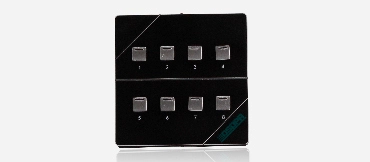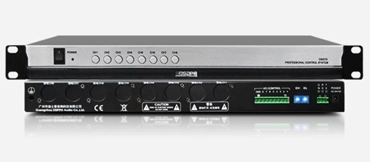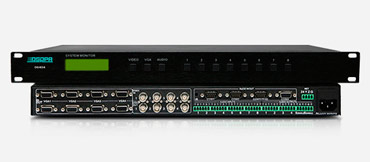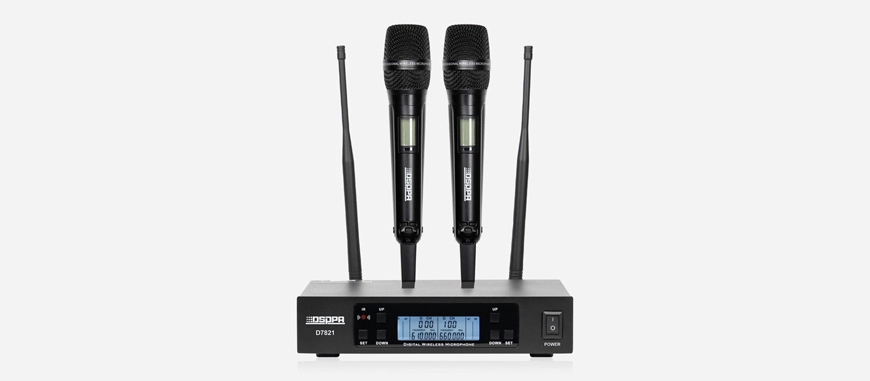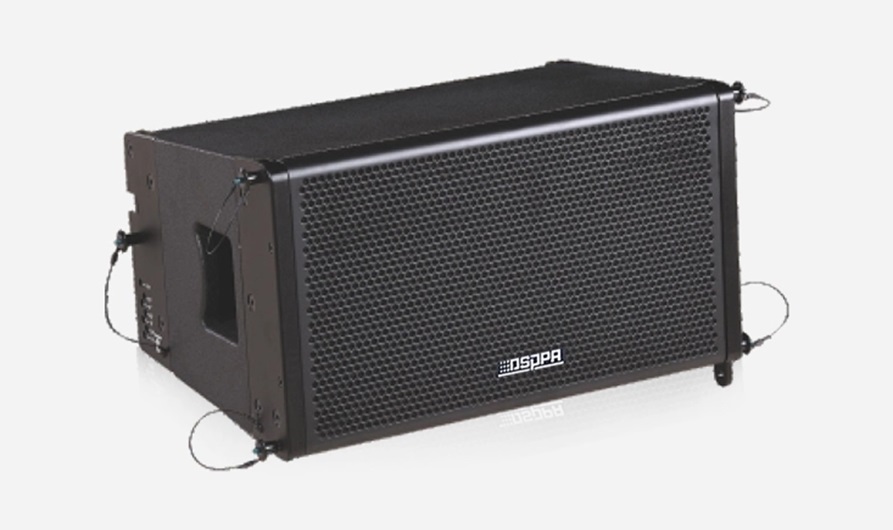Intelligent Conference System and Its Constituent Subsystems
In human communication, 55%~60% of effective information relies on visual effects, 33%~38% on sound, and only 7% on content. Therefore, a single sound performance cannot meet the requirements of modern conferences. The modern intelligent audio system has high-quality audio signals, high-definition video dynamic pictures and images, real materials, accurate data expression, and a practical and efficient control system.
The basic equipment required for the intelligent conference system:
Speaking equipment of the conference system
The speaking equipment is a professional term referring to the delegate unit that conference representatives use to participate in discussions and voting. Depending on the model used, representatives can obtain certain parts or all of the following functions: speaking, applying for speaking, receiving screen display materials, communicating with other participants through an internal communication system, participating in electronic voting, and simultaneous interpreting system refers to the reception of the original language and the translation into other language and broadcasting new voice information.
Audio system of the conference system
The wireless audio conference mainly includes amplifiers, main speakers, center speakers, surround speakers, positioning speakers, etc. The functions can be divided into public address systems, background music, live sound effects, and surround sound. Different configurations and different grades of audio equipment will create completely different effects. Therefore, when configuring, professional audio personnel should be consulted to provide a set of truly practical and perfect audio system based on the requirements of the site and actual needs.
Projection display system of the conference system
From the CRT three-gun projection method to the current LCD single-gun liquid crystal projection and the latest developed DLP digital projection, although it has only experienced a few years, the invention of this technology has brought too much convenience and benefits to people.
According to the projection method, there are three ways: front projection, rear projection, and combination splicing. Front projection can be divided into hoisting and sitting, and its advantages are high site utilization and simple installation. The rear projection method has strong anti-environmental light interference ability, grand and beautiful, but requires sufficient depth of the site. Combination splicing is currently the preferred way of large-area projection, widely used in TV stations, traffic command and monitoring centers, alarm centers, troops and other occasions. Its advantages are high brightness, flexible screen combination, and large screen size, but at the same time, it requires sufficient investment.
Intelligent control system of the conference system
Modern conference venues collect computers and various audio and video input and output devices. Operators need to control each device and switch signals between devices, so that they can be played in one or more playback devices. At the same time, modern conferences also require coordinated control of lighting, electric screens, and curtains.
The central control system is the best solution to the above problems. It concentrates the selection and output of multiple signals and the operation of specific equipment on a touch screen or computer control interface. Operators can easily and flexibly operate complex conference equipment and environmental control through an intuitive control interface.
Simultaneous interpreting system of the conference system
The conference system has a complete function in providing the distribution of simultaneous interpreting languages to conference participants, so it can meet the comprehensive requirements of large-scale multilingual international conferences. When designing the translation function, the overall design idea of the system is implemented: the cable used to transmit the digital distribution signal for translation languages is completely the same as the cable used for other functions. Therefore, it is relatively easy to add translation function to the original conference system.
The simultaneous interpreting system can choose to work directly by translating the original language, or choose a secondary translation method to facilitate the translation of unfamiliar languages. Each interpreter desk has an output of the original language and another output, which can choose other languages.

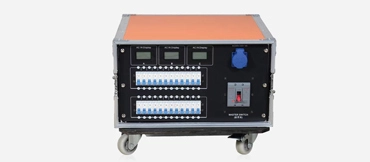
-xlr-(male)-connector-2.webp)
